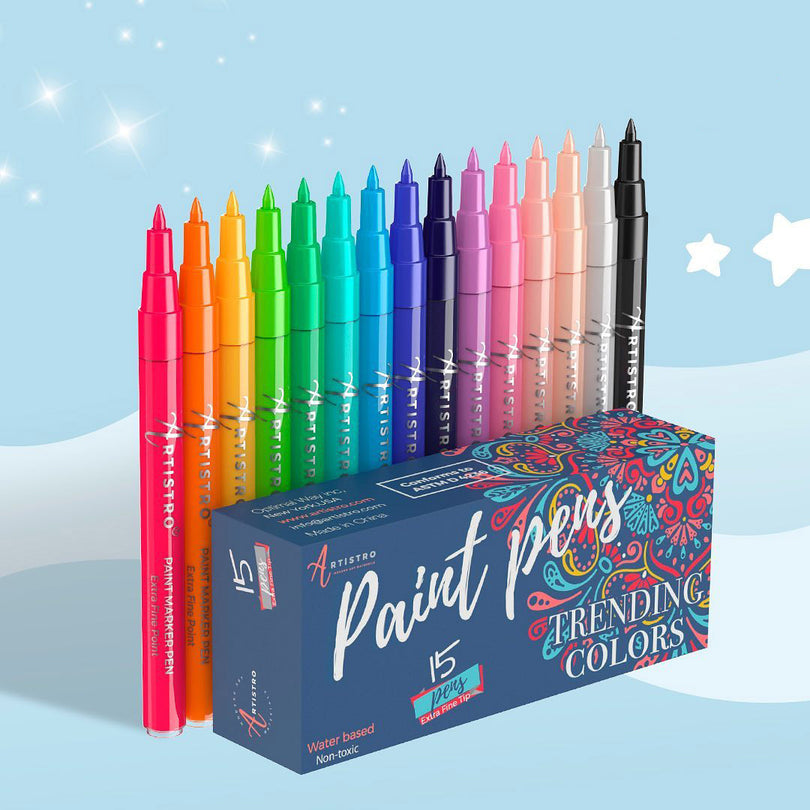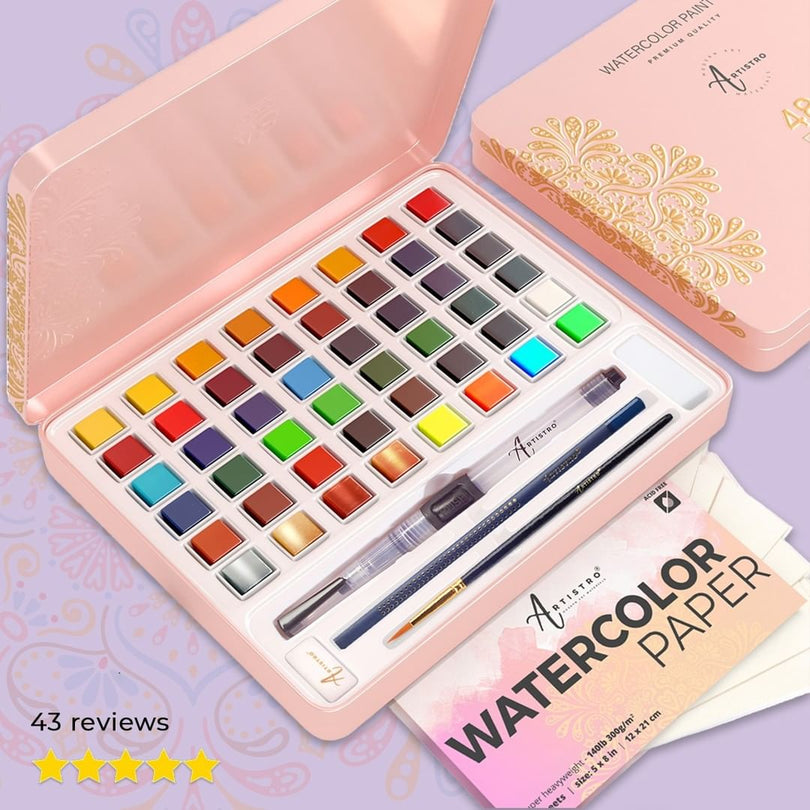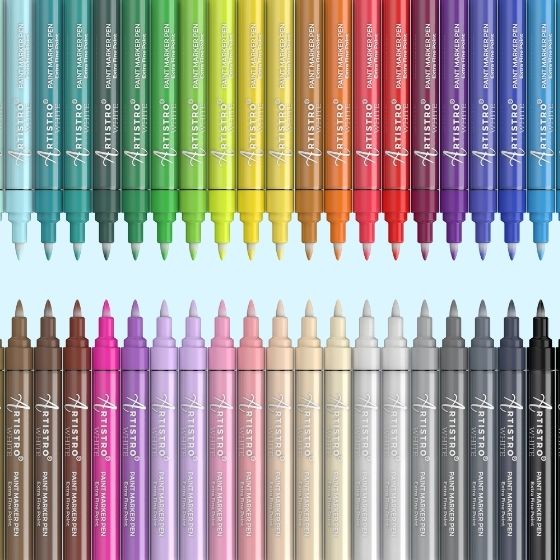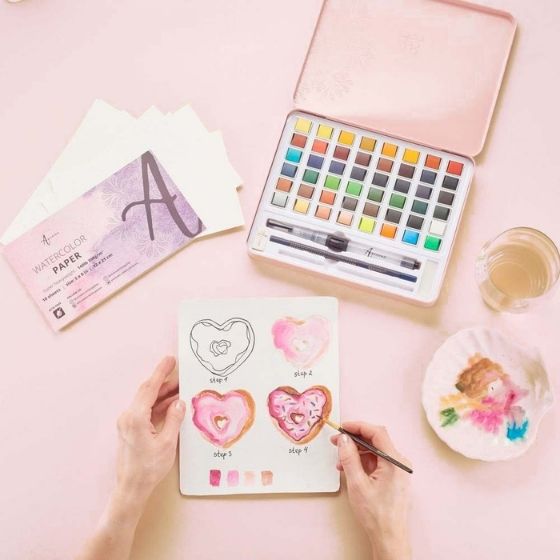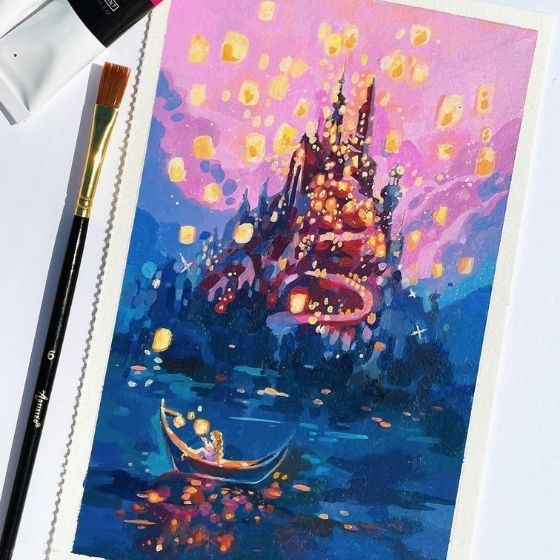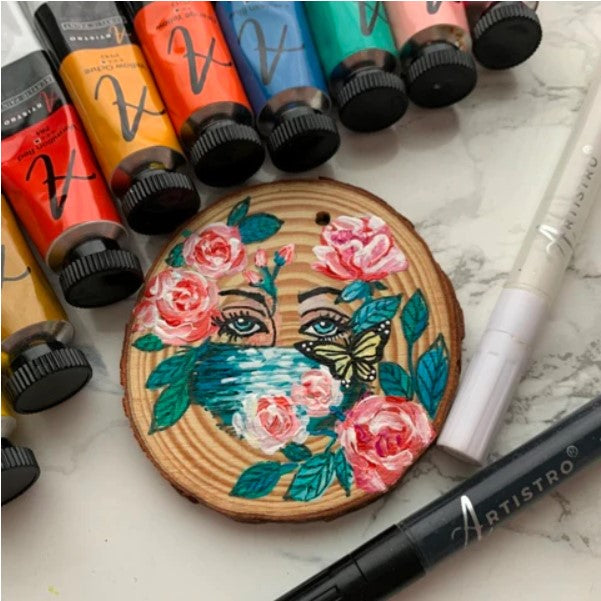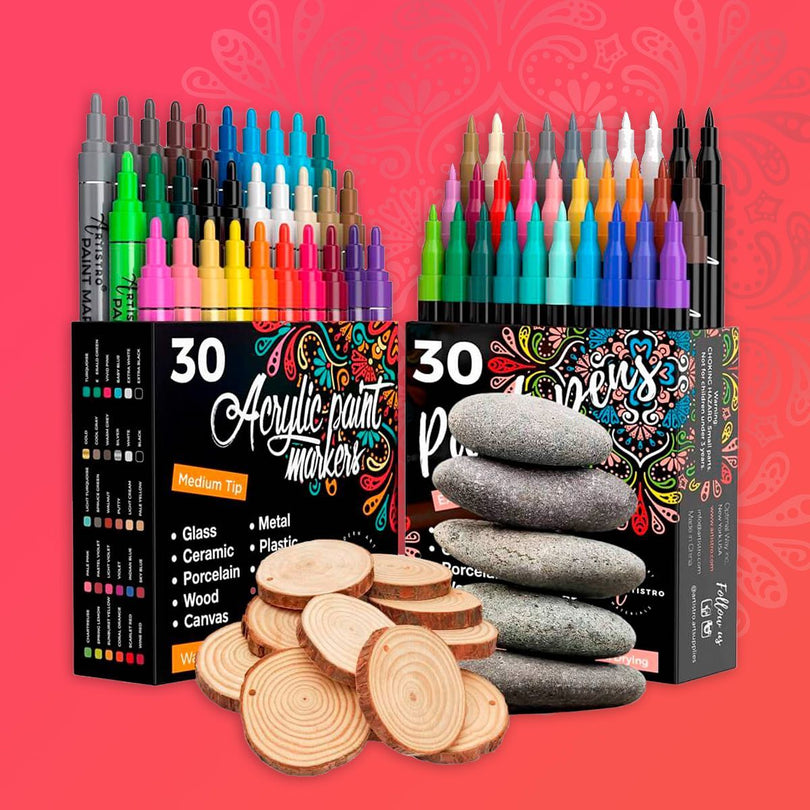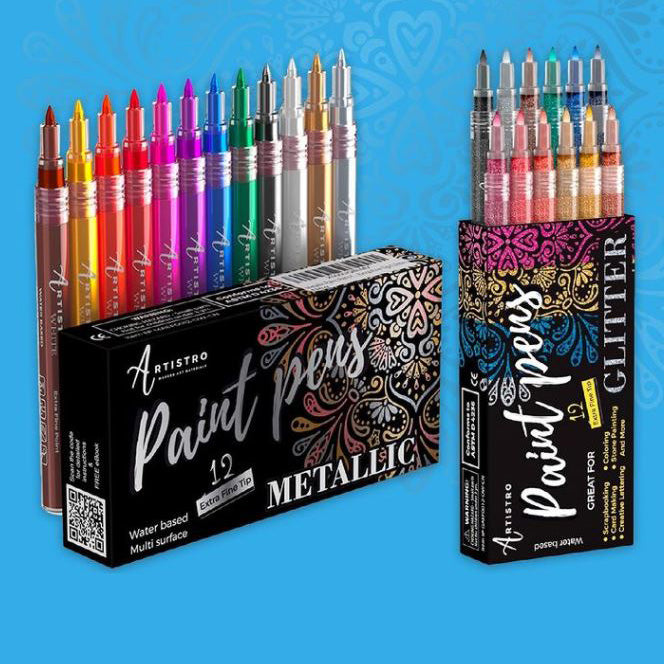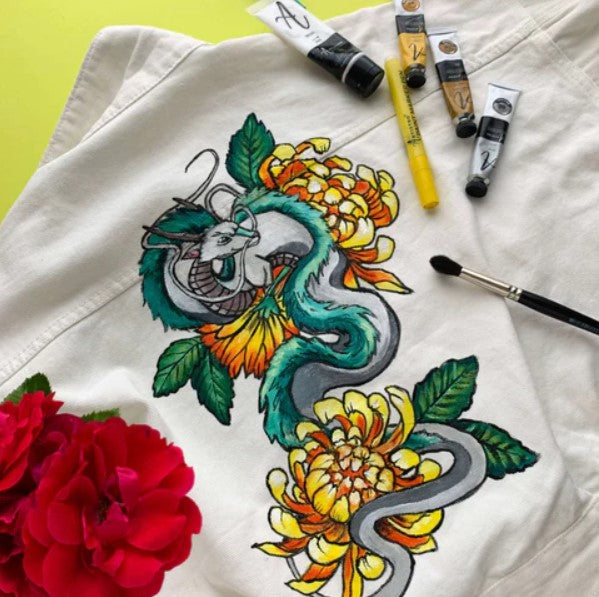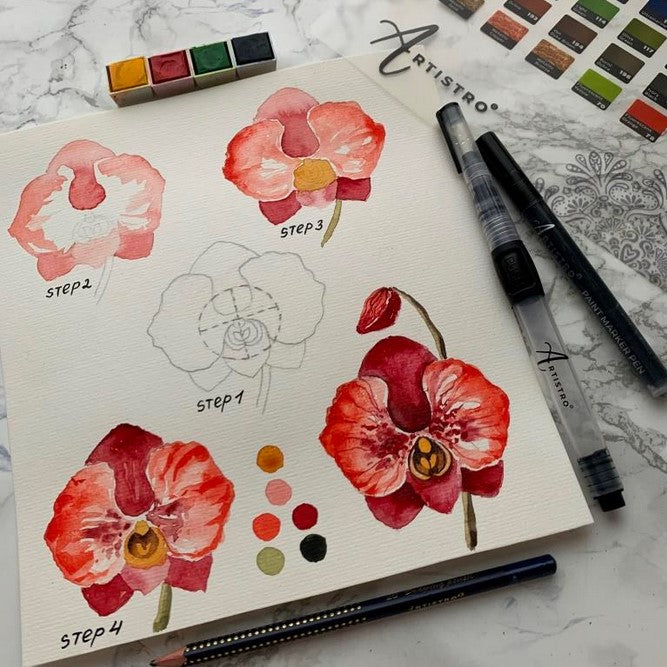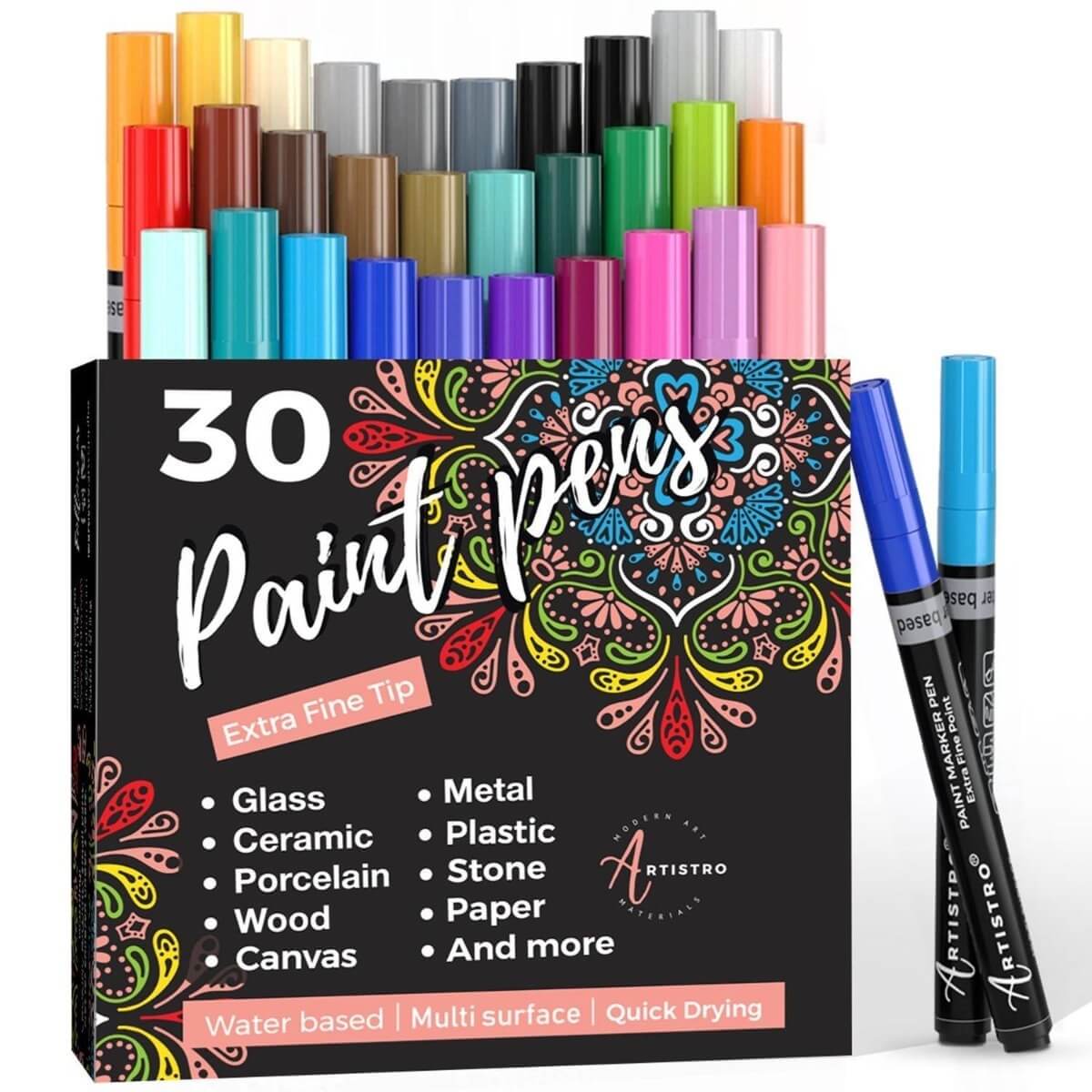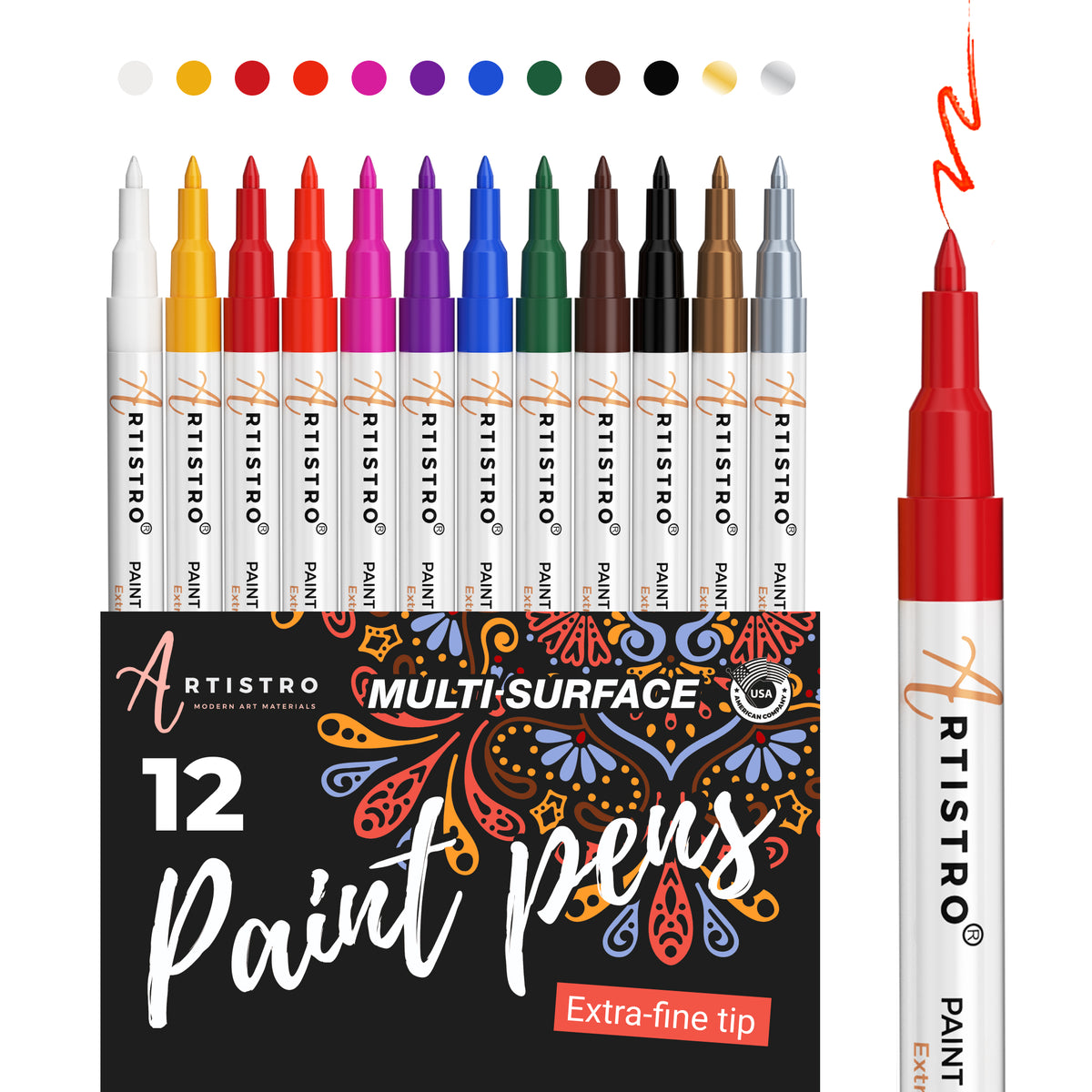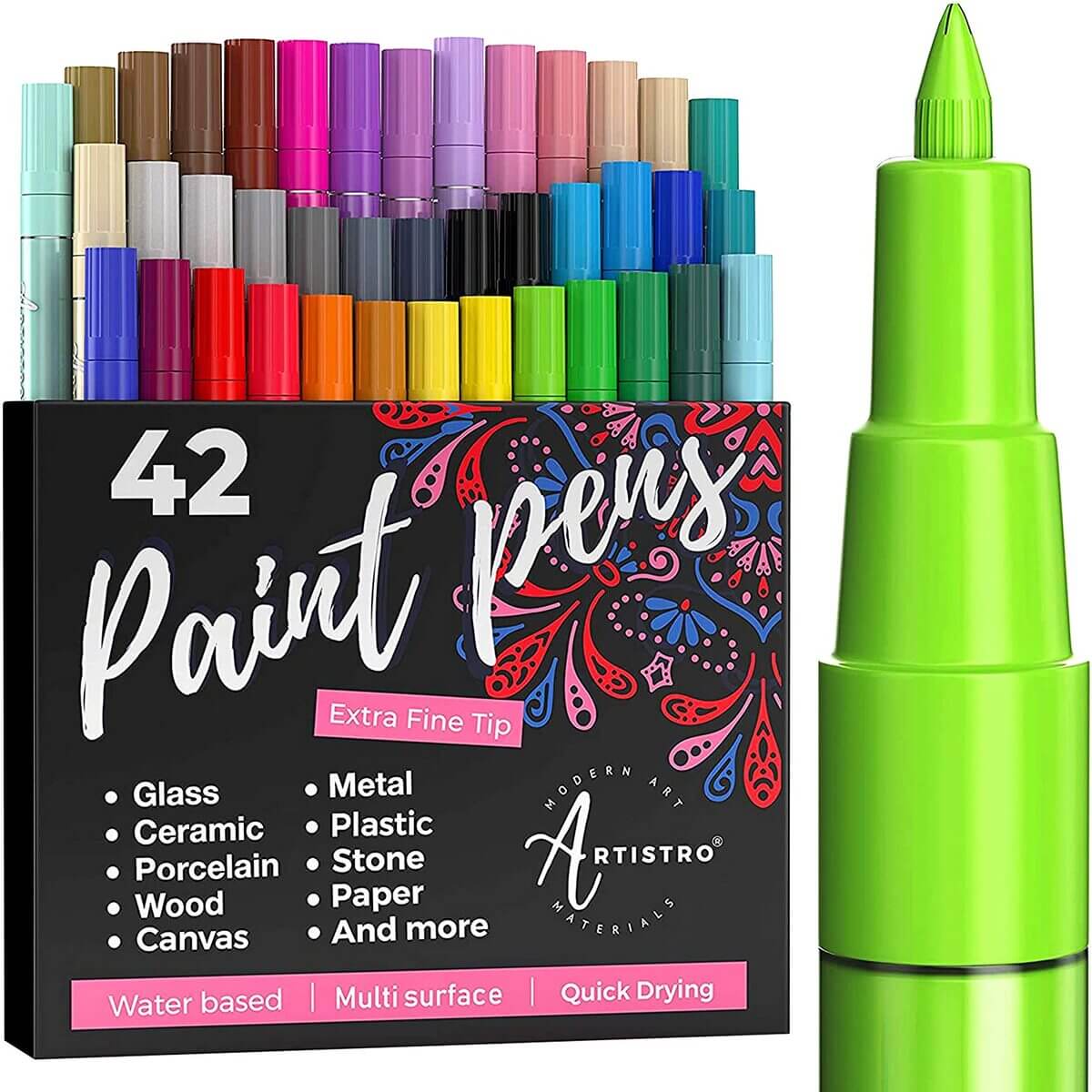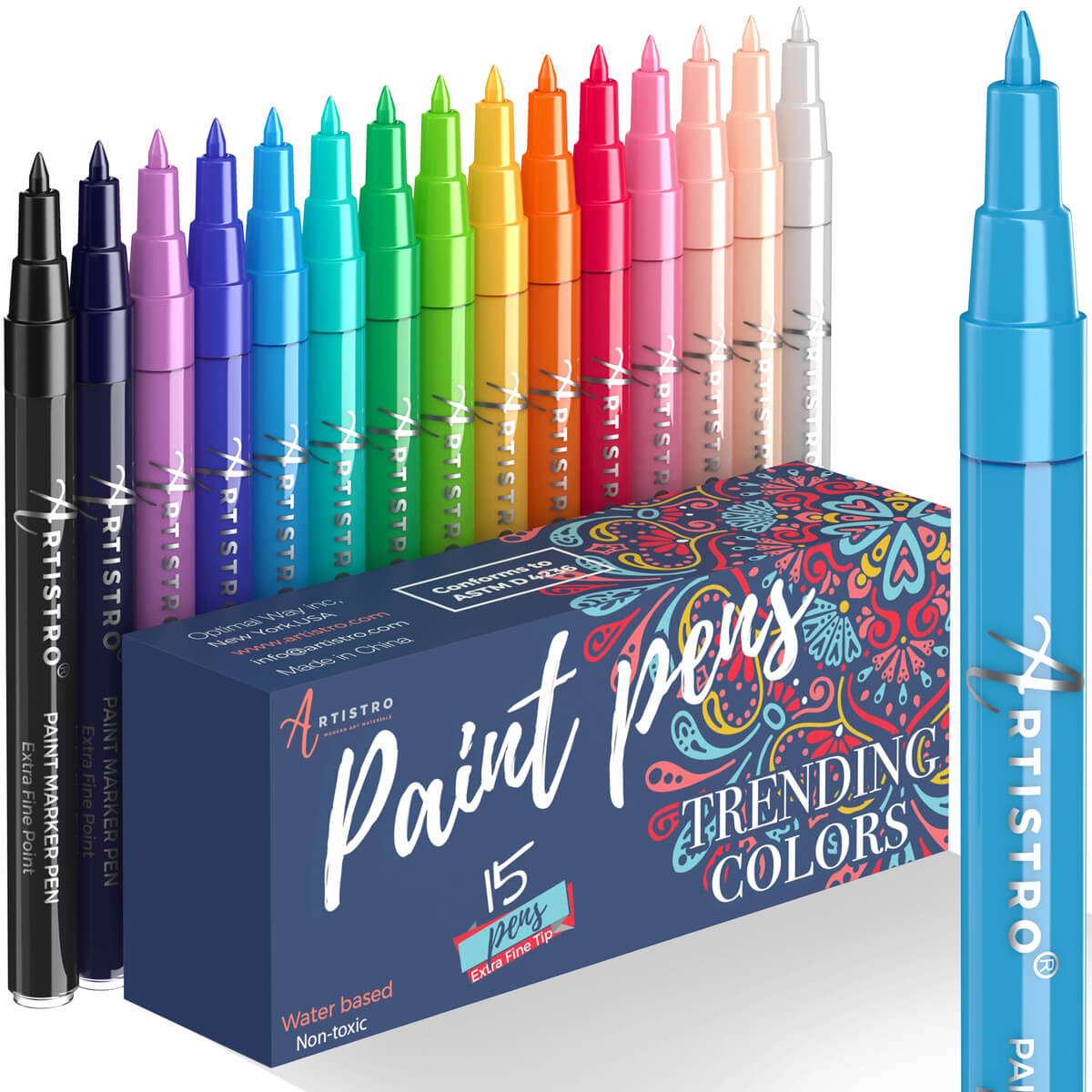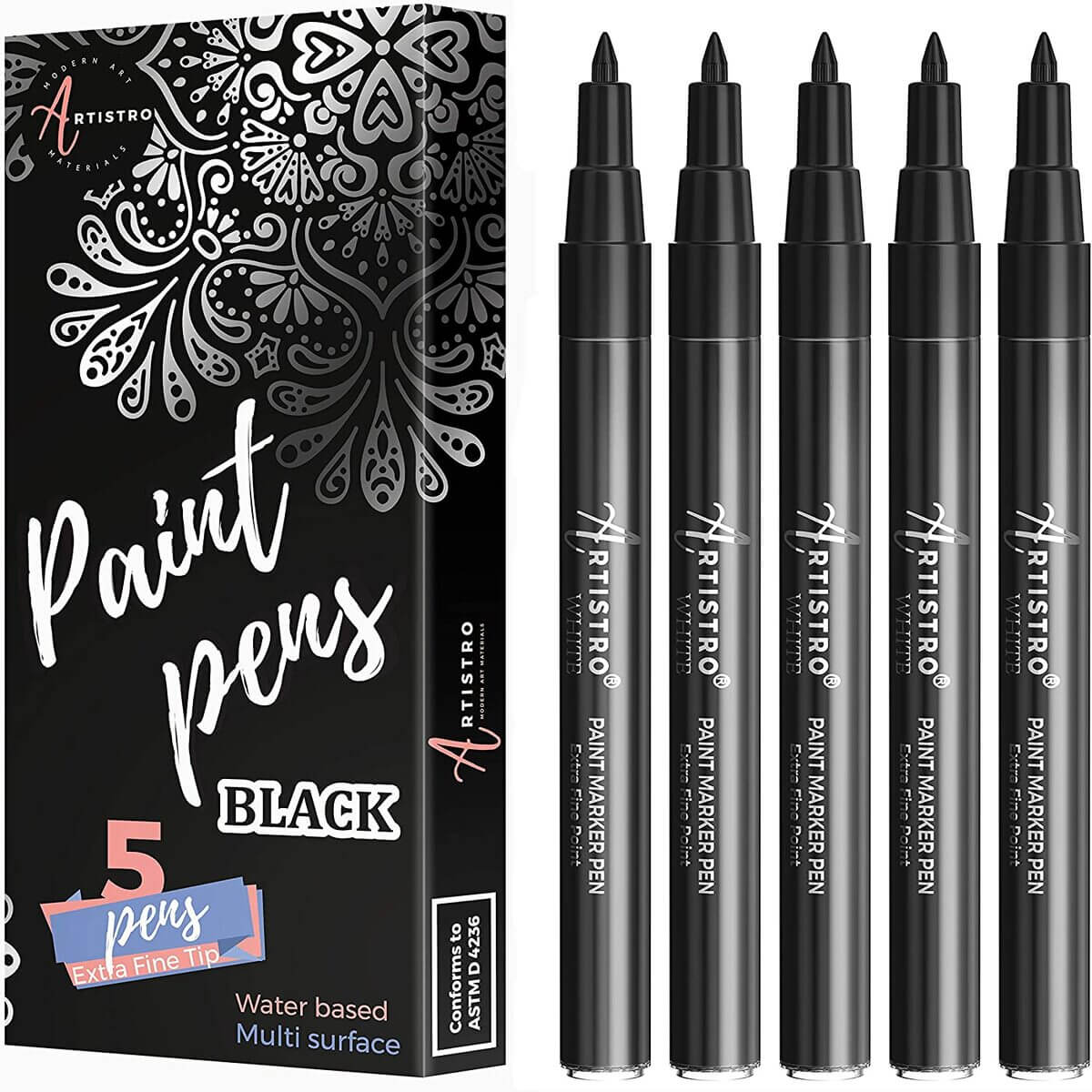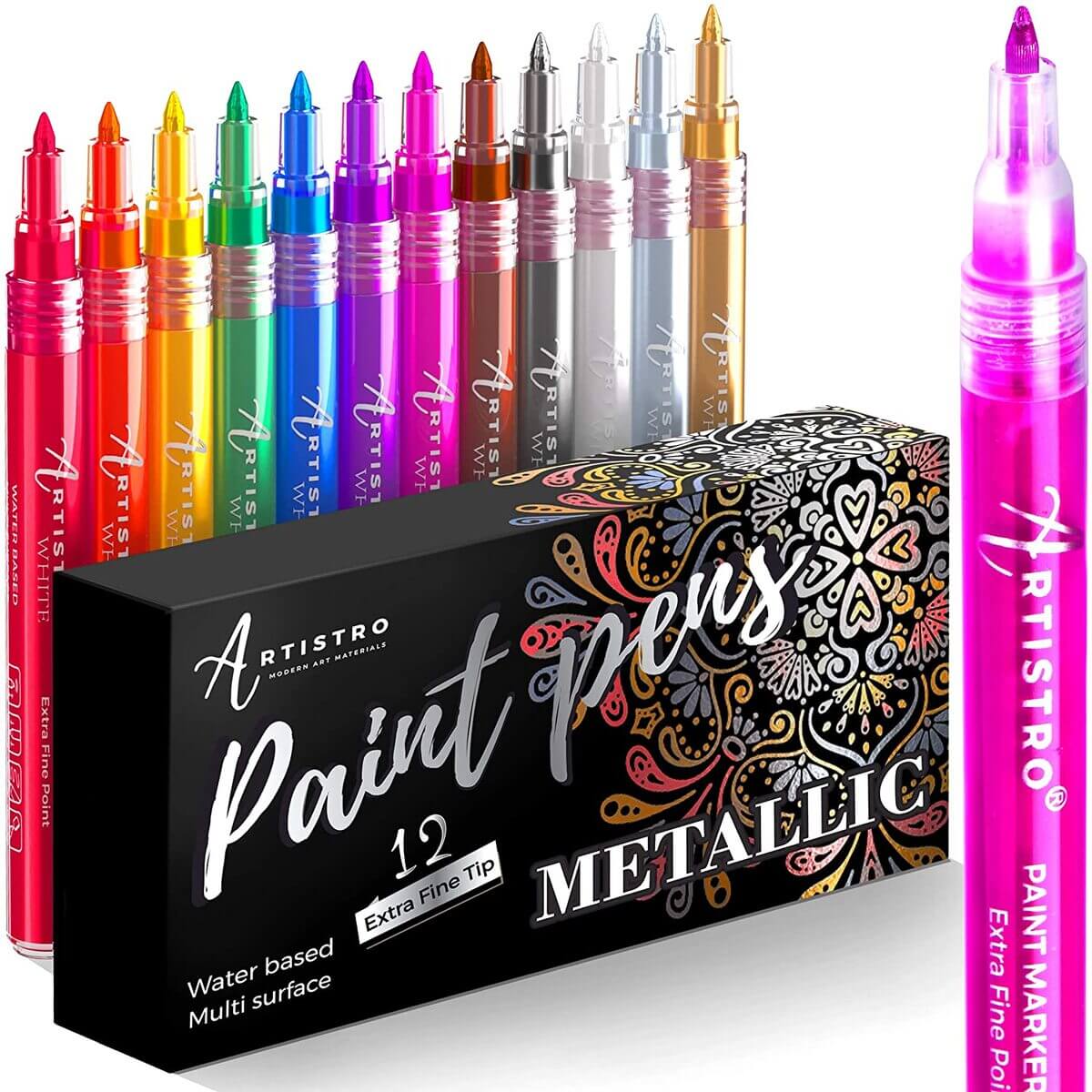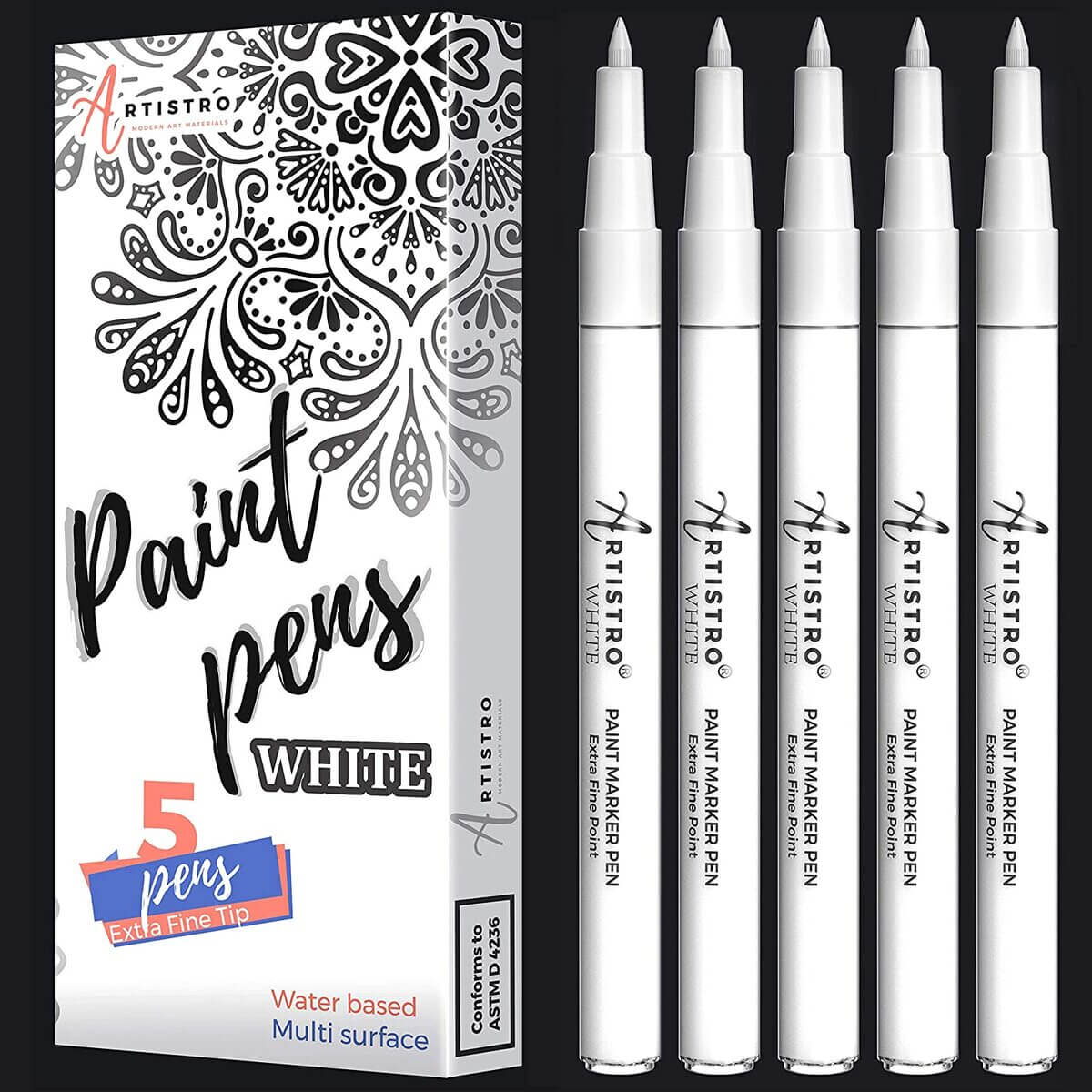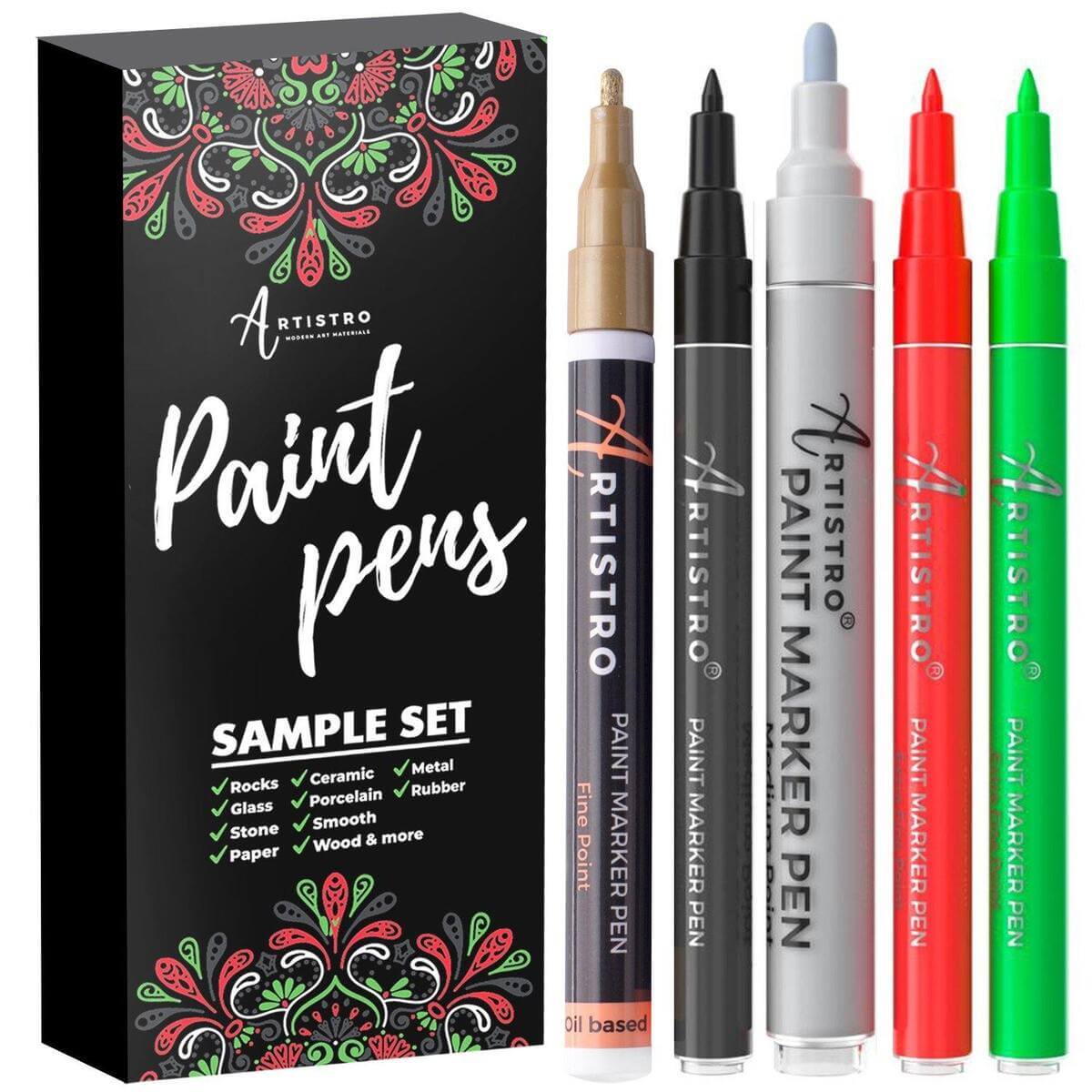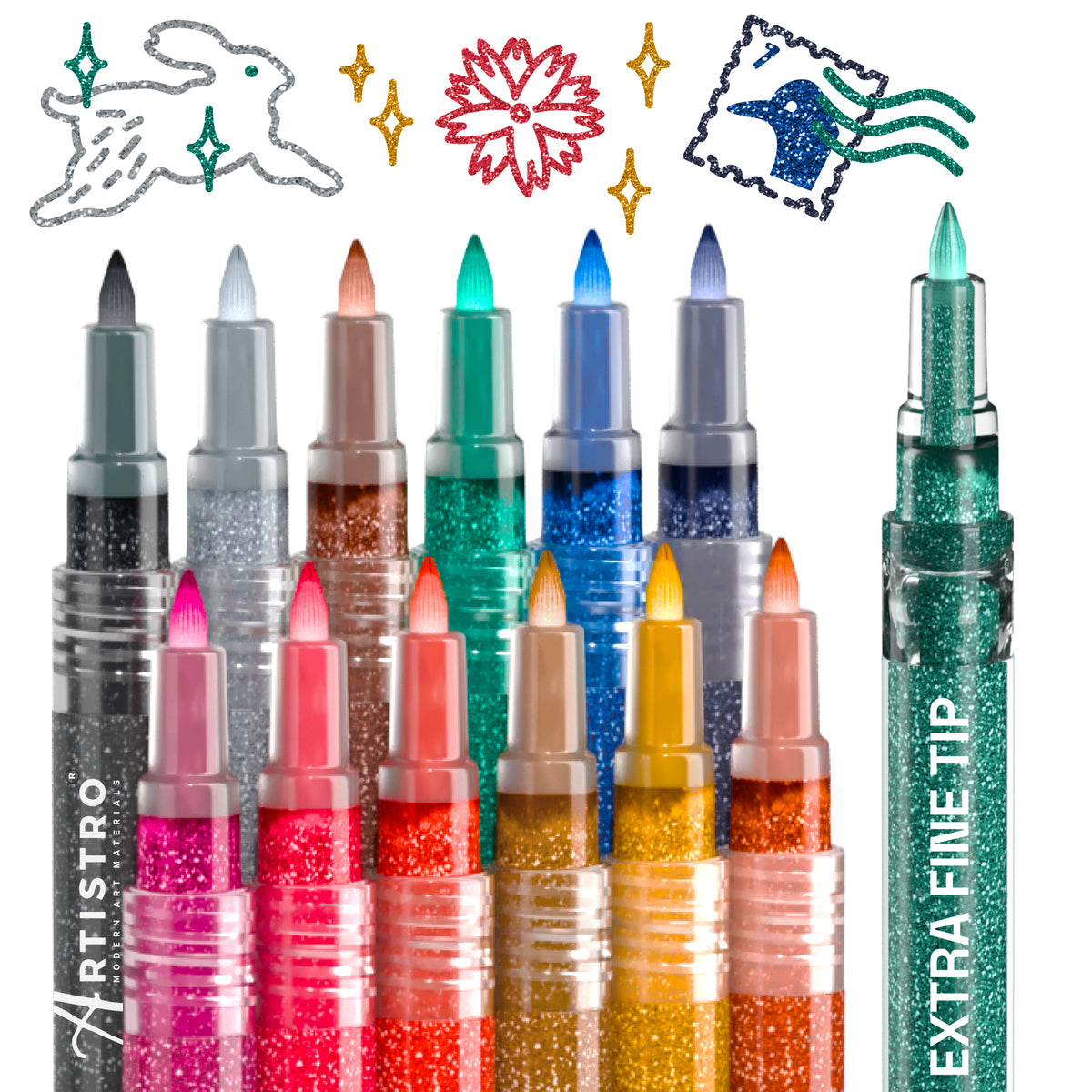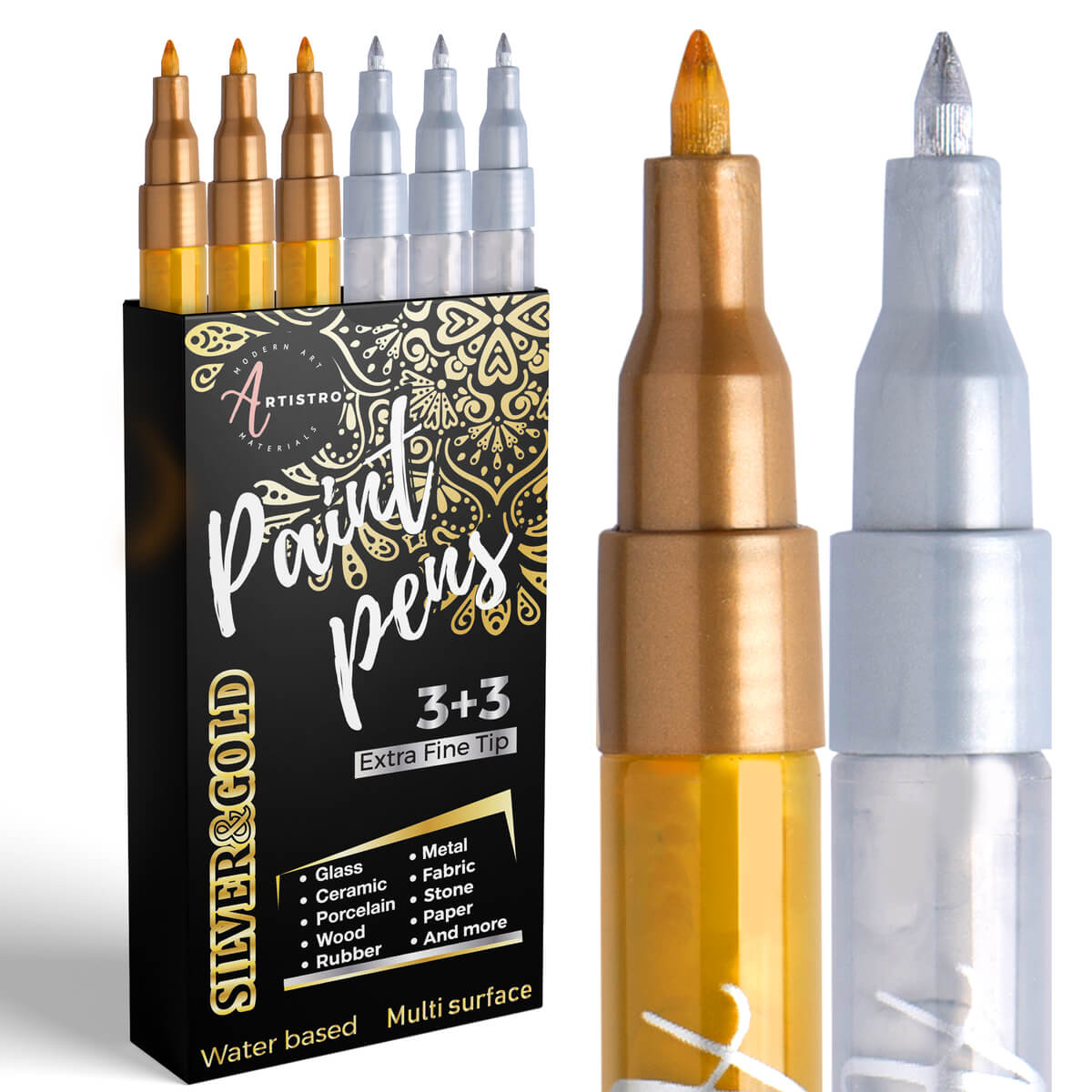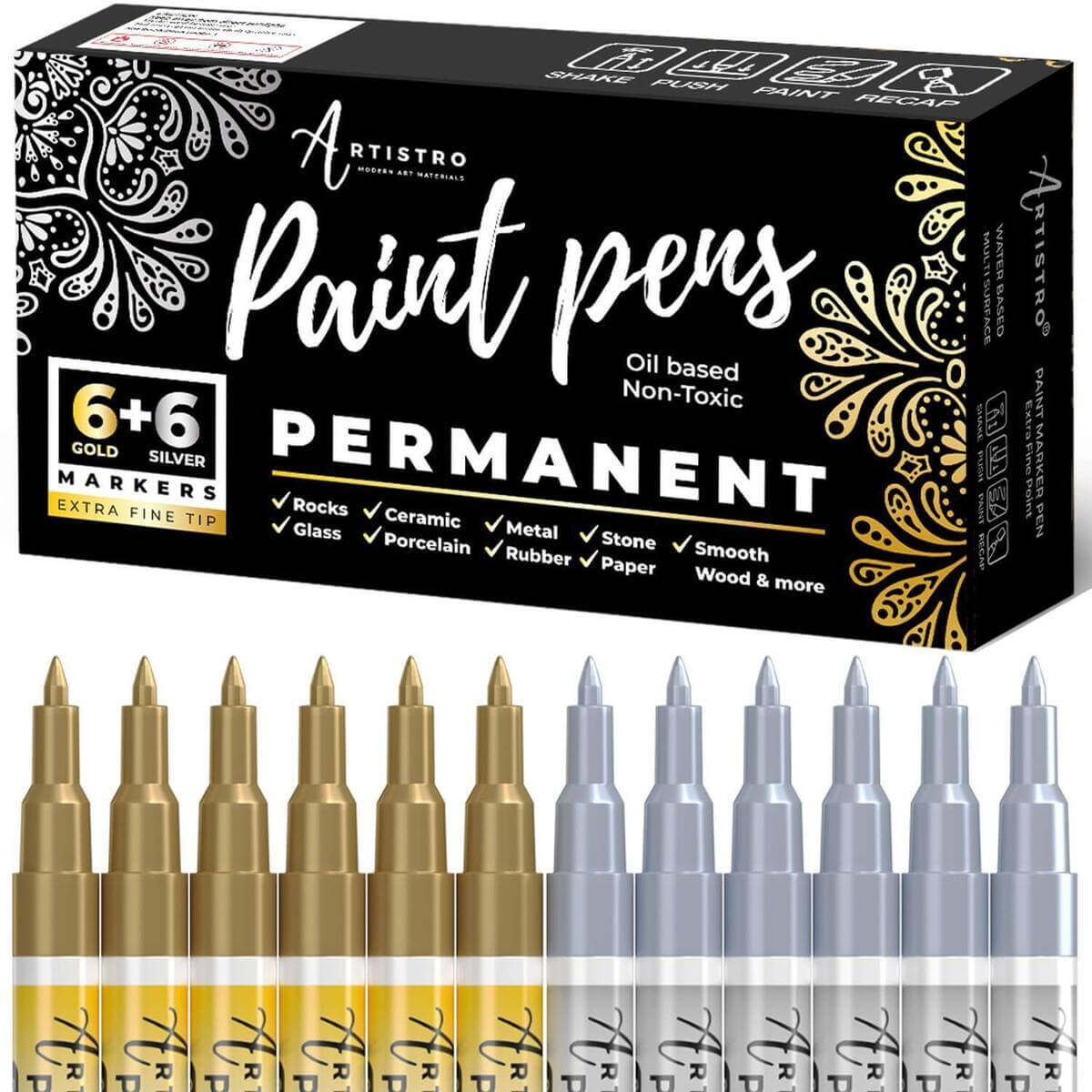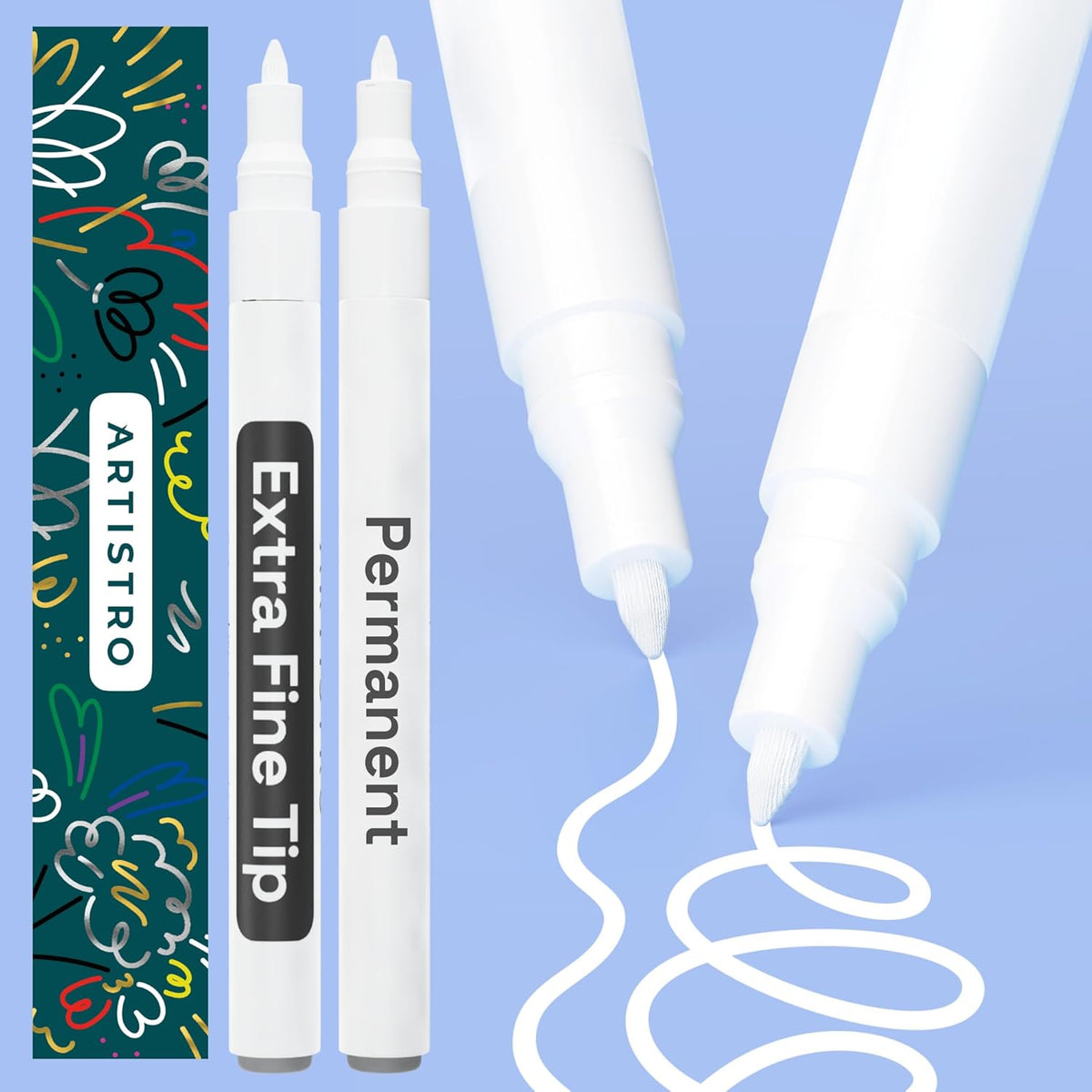Useful tips for effective work with ultrafine pen
What are thedifferences and use of extra fine point pens?
What are the differences and use of extra fine point pens?
Extra fine point pens are perfect for more precise writing or drawing tasks that require high precision. For example, a timetable or text within or near a picture requires working with an ultra fine pen. When working with text, it is important to remember that the aesthetic component of the artwork should not interfere with the perception of information. Make sure you write text large enough to be easily read, regardless of the patterns and embellishments you plan to draw later.
The rounded tip, required for an extra fine point pens, is commonly used for writing. Whether it's a ballpoint pen, pencil, or felt-tip pen, fine point paint pen, most have a rounded nib that creates a wide range of line thickness. Extra fine point pens with rounded nib are also commonly used for lettering and long text containing combinations of uppercase and lowercase letters. The rounded shape of the nib means you can hold the super fine marker as you like, and the line will always be the same thickness. Unlike ultra fine pen, medium nib markers apply more ink and therefore create thicker lines. Use them to write large, easy-to-read words for presentations or to shade a large area of your work surface. They write in relatively large letters and need enough space between letters when working.
It is recommended to use paint markers (fine point paint pen) in combination with other types of markers. This will help you create unique masterpieces and ease the entire process by taking advantage of extra fine point pens and every single type of markers. Permanent extra fine point pens are suitable for almost all applications where there is a risk of ink smearing on a smooth background or contact with moisture. Extra fine point pens are not only non-spread, but also waterproof, making them suitable for outdoor use. You can use their high quality permanent ink on almost any surface. In addition, the colors of fine point paint pen are lightfast and retain their brightness for a long time."
Useful tips for effective work with ultra fine pen
- When choosing extra fine point pens, pay attention to the product label. Acrylic fine point paint pen set should be labeled as "water based" on the body, permanent and oil fine point paint pen set as "permanent" and "oil based" respectively. This is the main principle of how to distinguish one type of fine point paint pen, fine tip or medium, from another one.
- Water-based extra fine point pens must be odorless. The only exception is alcohol-based fine point paint pens, but their smell should evaporate quickly. If any other type of ultra fine pen has any odor, it is a sign of poor product quality.
- Acrylic fine point paint pen ink should dry quickly and not leave streaks or smudges. To check if the extra fine point pens is of good quality, you need to draw a line on a suitable surface and drag your finger along it. A high-quality ultra fine pen will dry out in a few minutes and will not leave streaks on the surface.
- Use only specified solvents or soapy water to clean acrylic and oily marker stains. If you follow the instructions, you can easily remove unwanted ink stains from fine point paint pen. Use professional alcohol-based solvents to erase permanent extra fine point pens.
- Use extra fine point pens only for their intended purpose. Do not disassemble or experiment with the component parts of the super fine marker even after it is finished. The only exception is the replacement of the tip of the ultra fine pen if necessary.
- Store extra fine point pens only horizontally. This way the ink won't dry out and the marker will serve you much longer.

